
Water tower in Poznań by Hans Poelzig
Hans Poelzig (30 April 1869 – 14 June 1936) was a German architect, painter, teacher and set designer for theatre and film. A contemporary of Peter Behrens and other German architects associated with the modern movement, Poelzig graduated from the architecture program at the Technische Hochschule in Berlin-Charlottenburg, where he later taught as a professor. In 1899 he moved to Breslau, teaching at the arts and crafts school until he became its director, and worked as the city planning director in Dresden, First Chairman of Deutscher Werkbund and board member of the Federation of German architects. His work is manifest in looming buildings captivate as much as they unsettle.
As Fosco Lucarelli notes: “Poelzig was particularly interested in developing a language specific for factory buildings – “the true monumental task of contemporary architecture“ – in a period when Germany was developing as a major industrialised nation… Poelzig identified in a sinister neo-Gothic style, the proper setting for his monumental plants”, like the tall, rather menacing Upper Silesia Tower (later a water tower) in Poznań for an industrial fair in 1911.
His 1919 set designs for Max Reinhardt’s film production of The Golem: How He Came Into the World are every bit as soaked in dark mystery as Hugo Steiner-Prag’s illustrations for Gustav Meyrink’s bestselling novel, Der Golem, on which the film is based.
3D designs that invite the view to see the action obliquely.
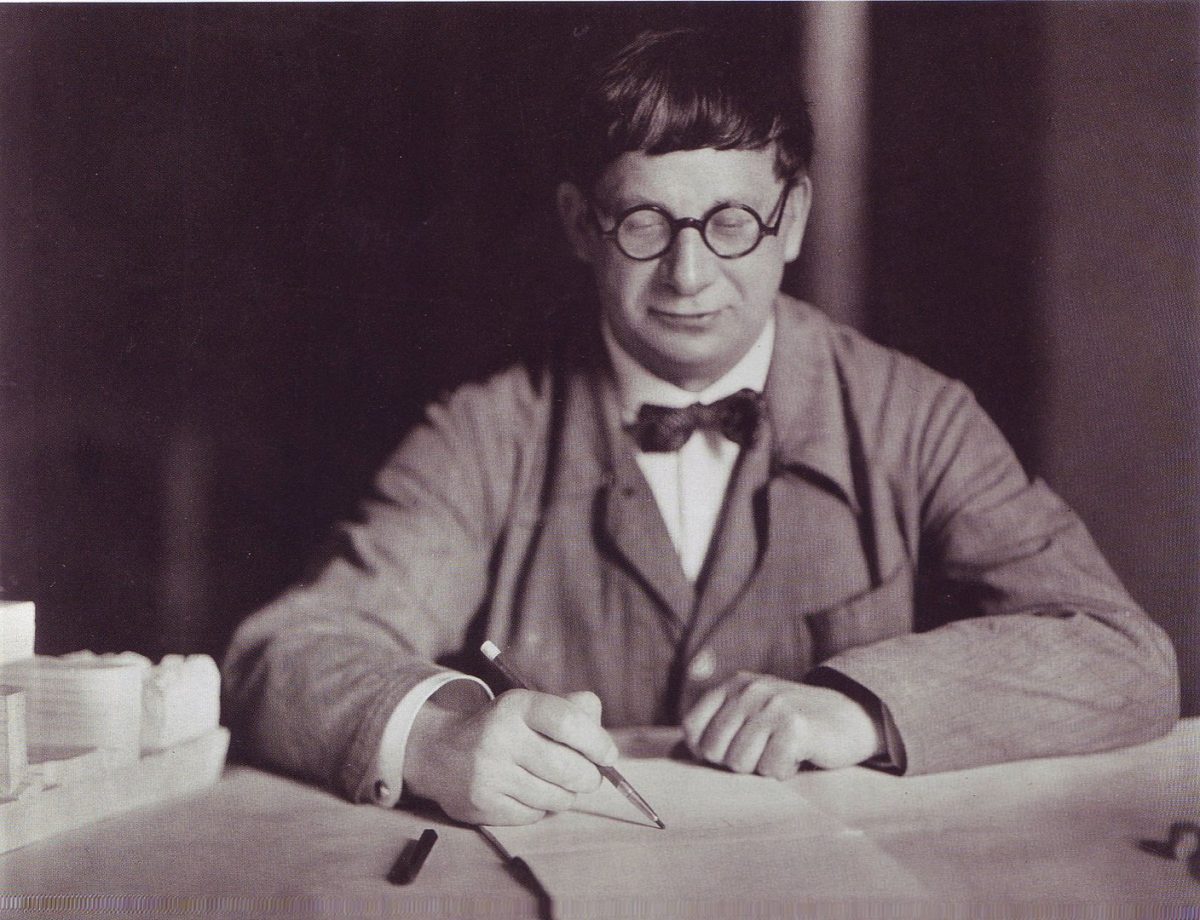
Hans Poelzig in 1927
As for the man, The Charnel House says Poelzig “even looked demented: the circular glasses, the Moe Howard haircut, the slightly crossed eyes. Plus, in the 1934 Unversal Studios movie The Black Cat, the character Hjalmar Poelzig — an Austrian architect clearly modeled on Hans — is played by Boris Karloff. This was right after Frankenstein, too, when Karloff was at the height of his fame.”
A bit unusual, then, the man born in Berlin to the countess Clara Henrietta Maria Poelzig (daughter of Alexander von Hanstein, Count of Pölzig and Beiersdorf) whose English husband, George Acland Ames, refused to recognise as his son, casing him to be raised by the family of a choirmaster and organist outside Berlin.” In 1899 he married Maria Voss with whom they had four children.
Poelzig worked for Reinhard again, this time on the Große Schauspielhaus theatre in central Berlin, the Friedrichstadtpalast 1919 – 1986)
Poelzig’s single best-known building is the gargantuan I.G. Farben Building, completed in 1931 as the administration building for IG Farben in Frankfurt am Main, now known as the Poelzig Building at Goethe University. Some of his designs that were never built included one for the Palace of the Soviets and one for the League of Nations headquarters at Geneva.
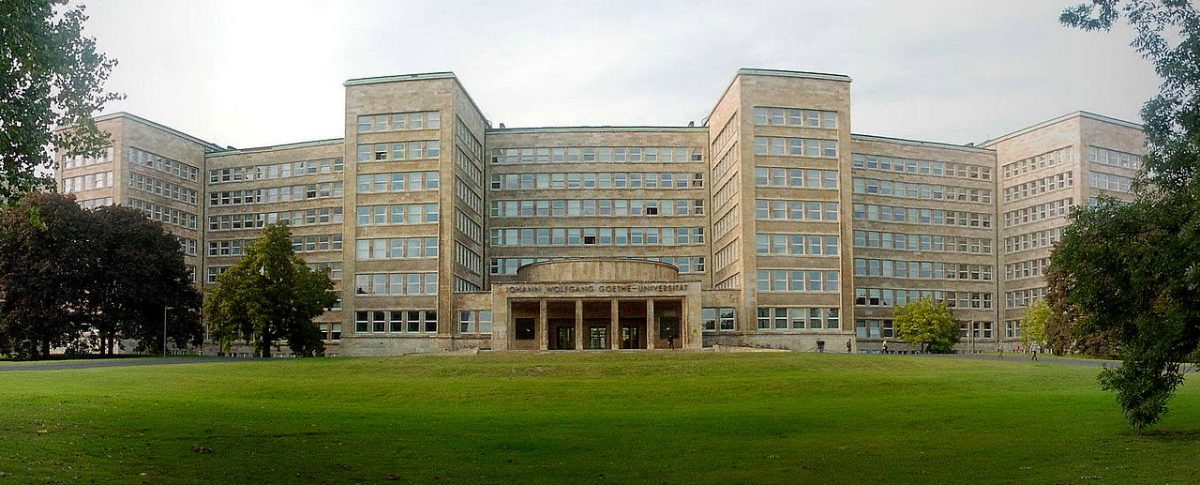
South facade of the 1931 Poelzig Building at Goethe University, Frankfurt a. M.

1912 Geschäftshaus Junkernstraße, Wrocław
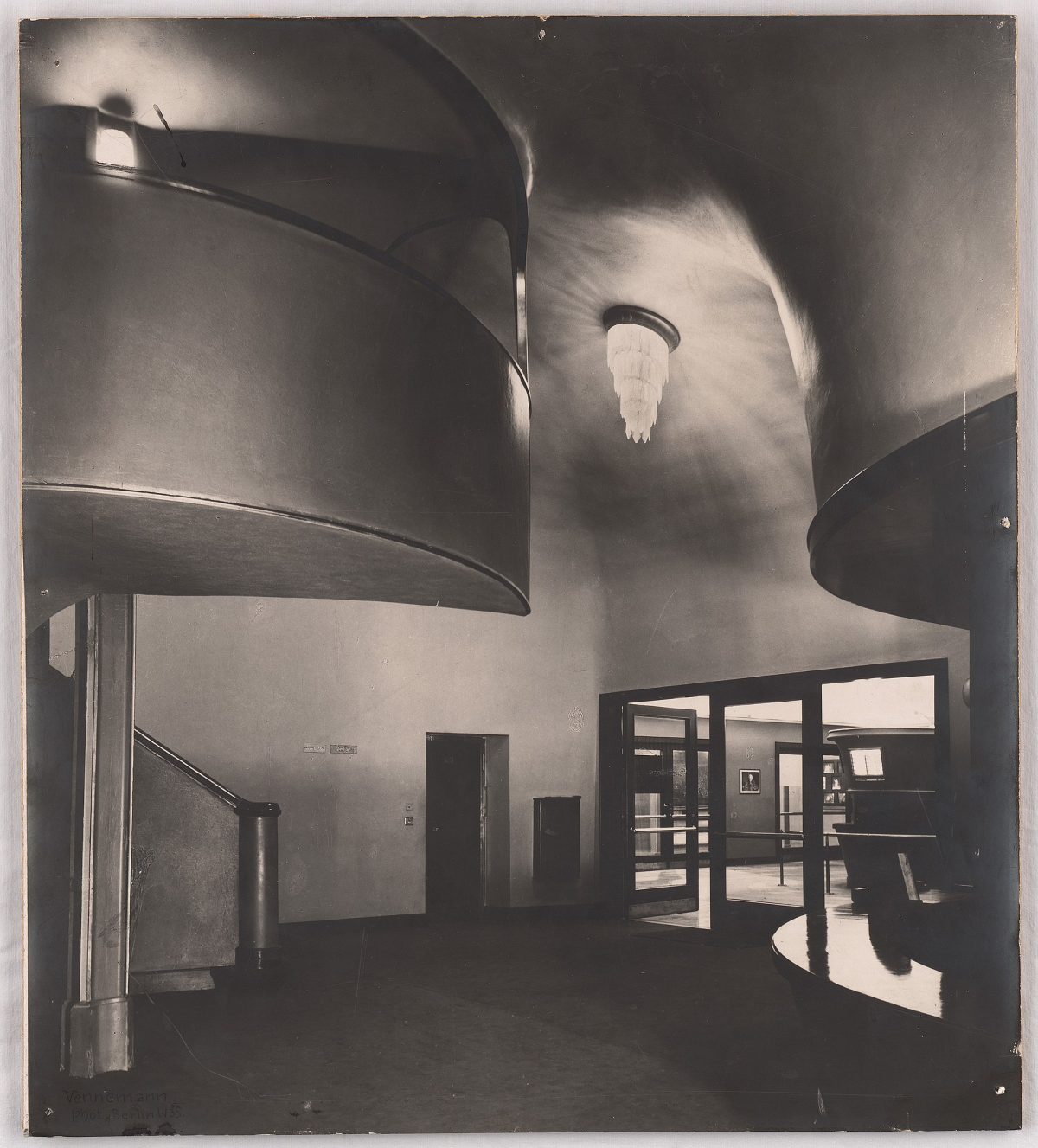
Hans Poelzig (1869-1936) Capitol-Lichtspiele am Zoo, Berlin

Berlin Zoo

Poelzig Hans (1869-1936), Capitol-Lichtspiele am Zoo, Berlin: Zuschauerraum, Lampe neben Bühne. Foto auf Papier, 22,4 x 16,5 cm (inkl. Scanrand). Architekturmuseum der Technischen Universität Berlin Inv. Nr. F 1669.

Boberhaus- Ernst Wurche Fenster von Richard Süßmuth 1934
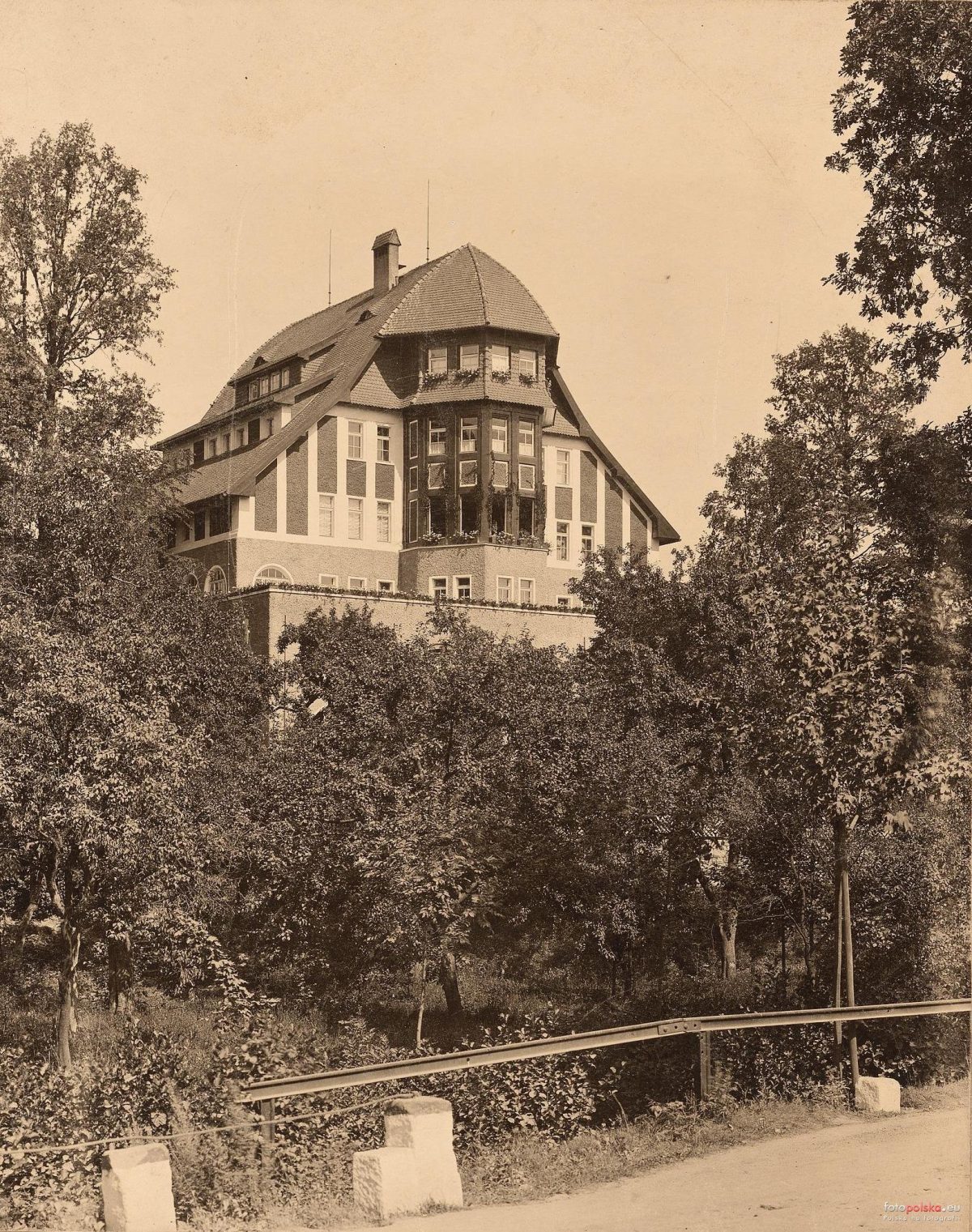
Willa Boberhaus

Großes Schauspielhaus von Hans Poelzig († 1936), Lichtsäulen im Foyer, Aufnahme um 1920
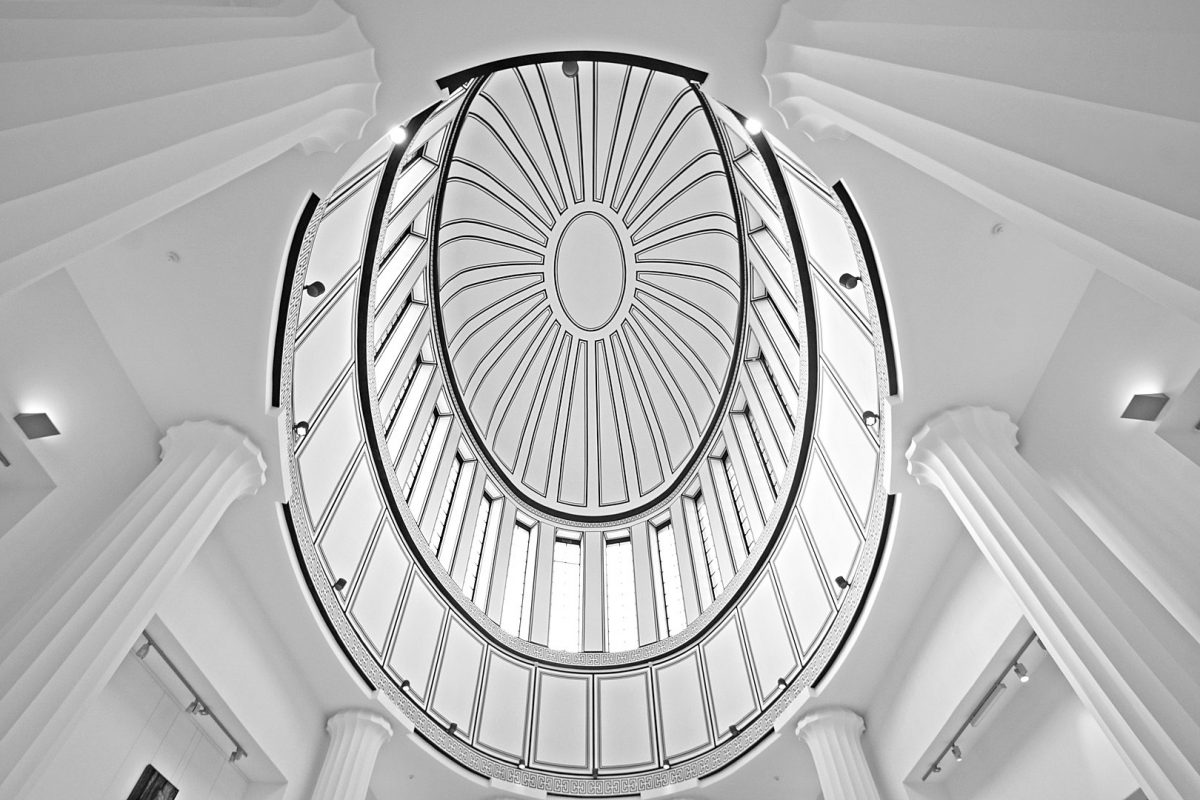
Four Domes Pavilion, Wrocław
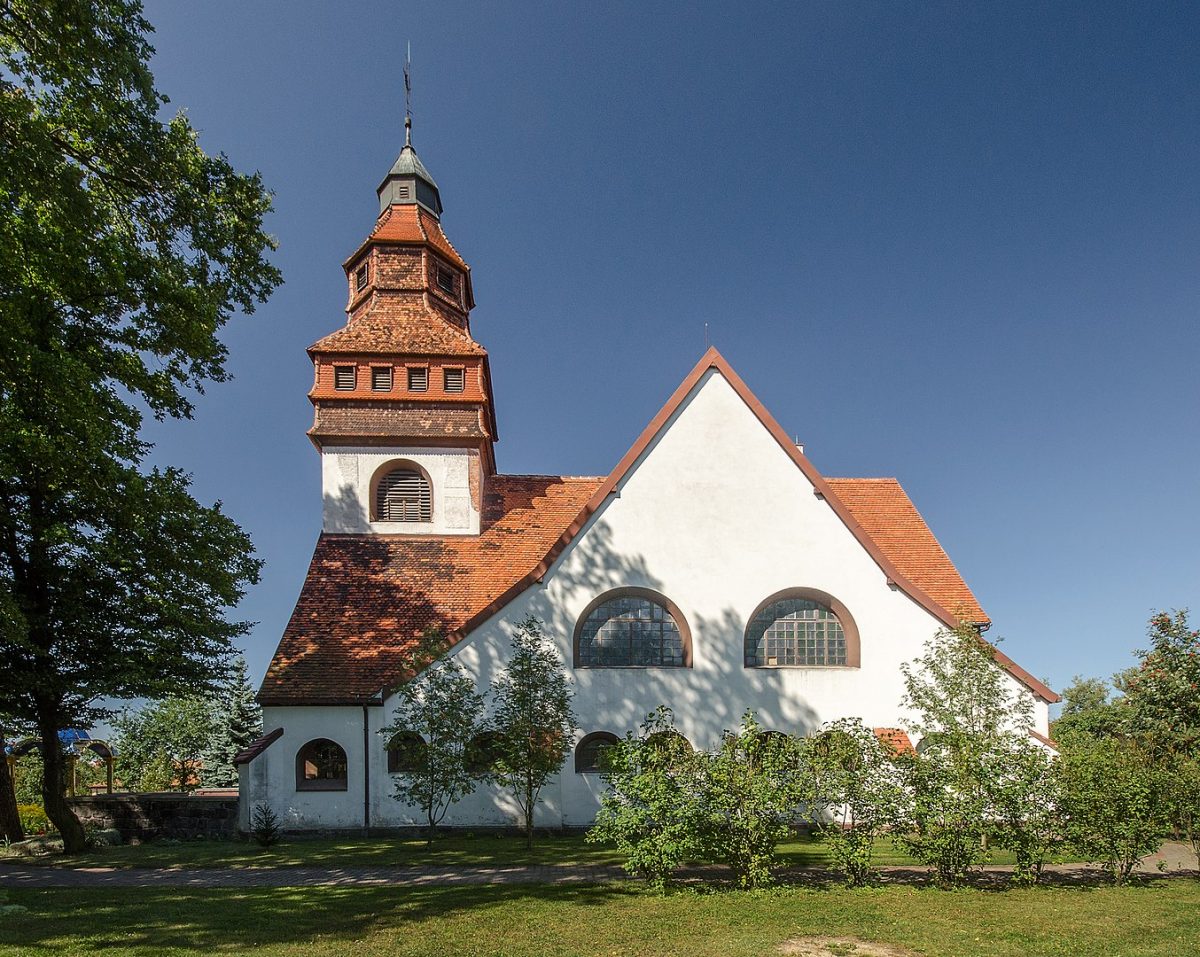
Orthodox church of the Annunciation in Malczyce 1907

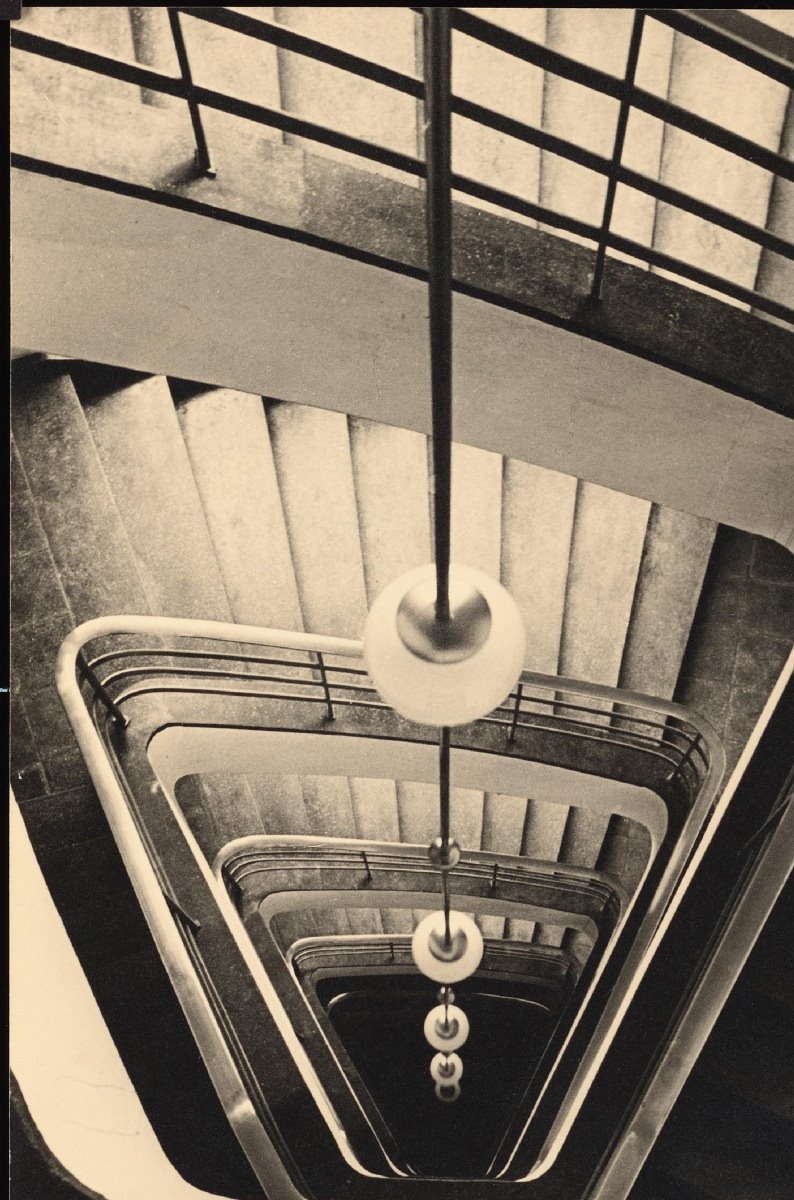
Hans Poelzig , Haus des Rundfunks, Berlin-Charlottenburg Treppenhaus, Flure
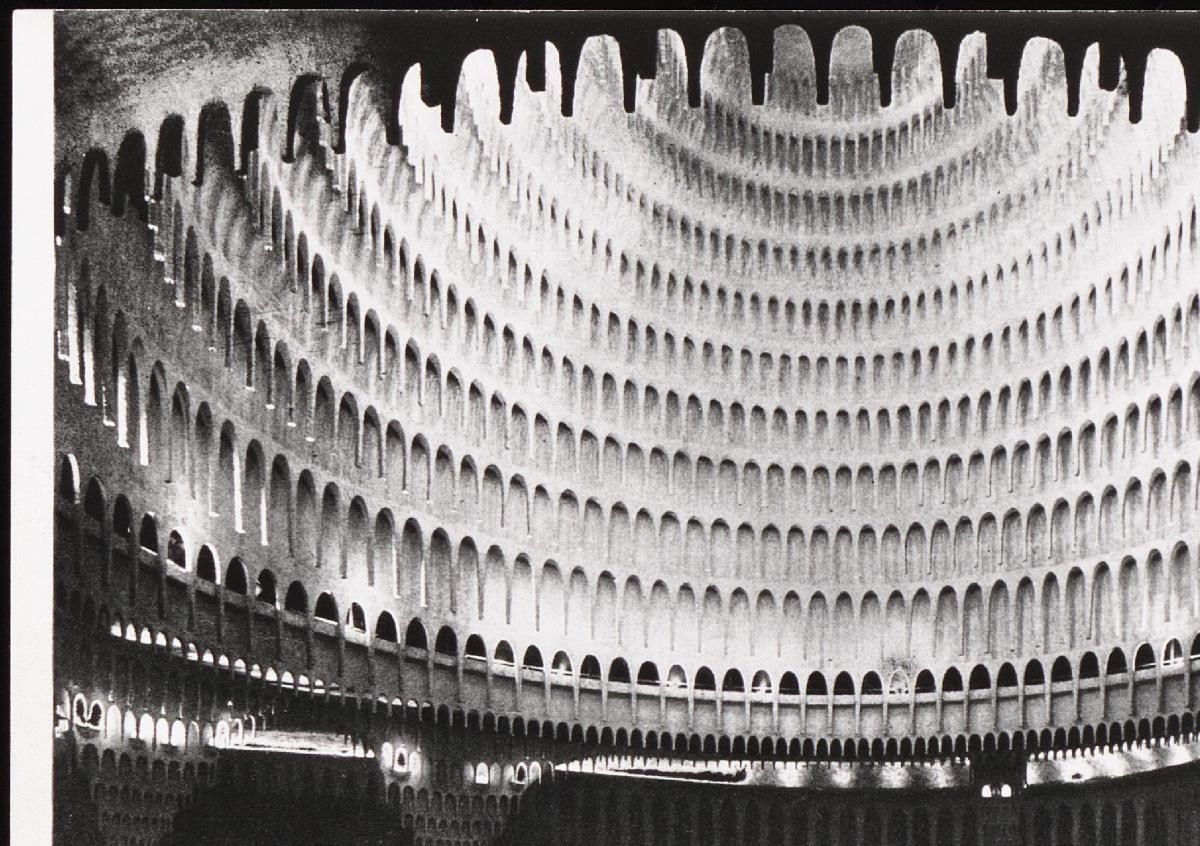
Hans Poelzig , Großes Schauspielhaus, Berlin (1919)
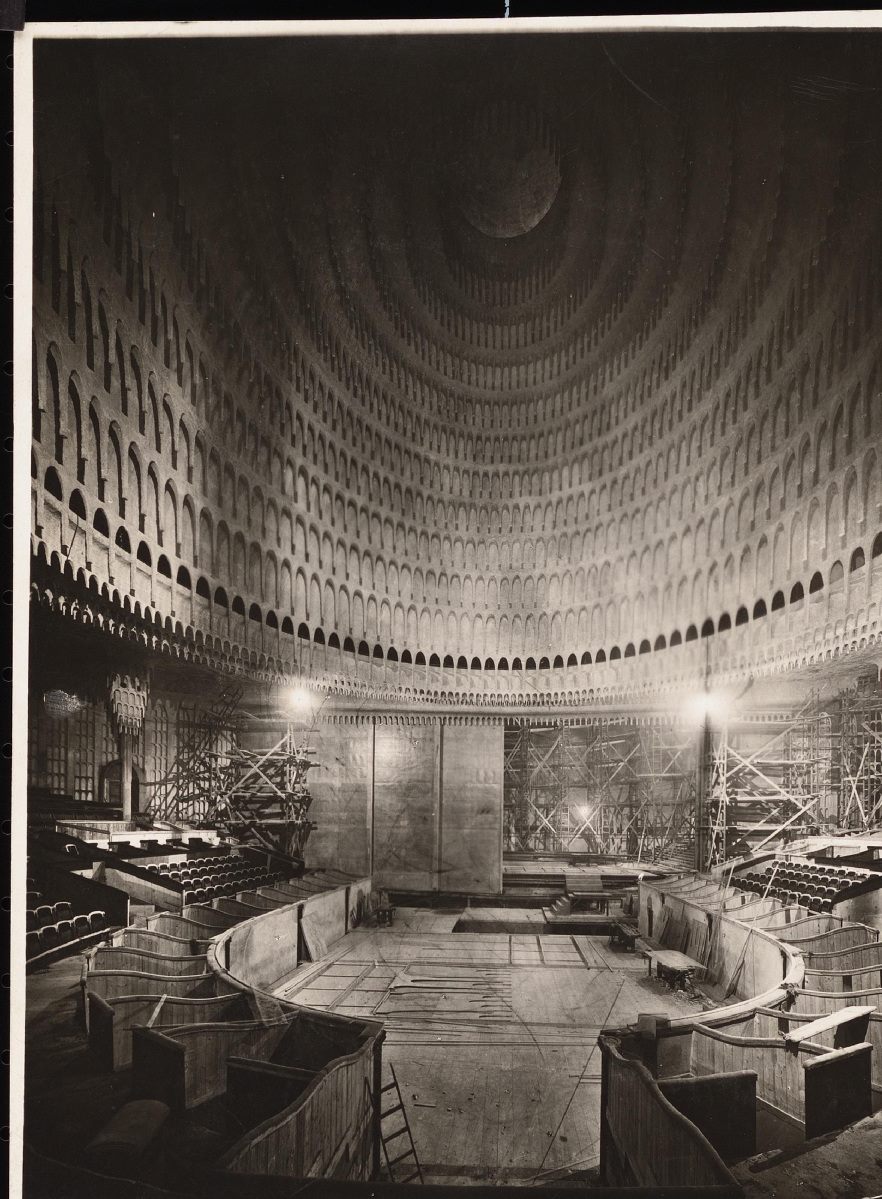
Hans Poelzig , Großes Schauspielhaus, Berlin (1919)

Hans Poelzig, Chemische Fabrik, Luban Schwefelsäure-Fabrik, Giebelansicht
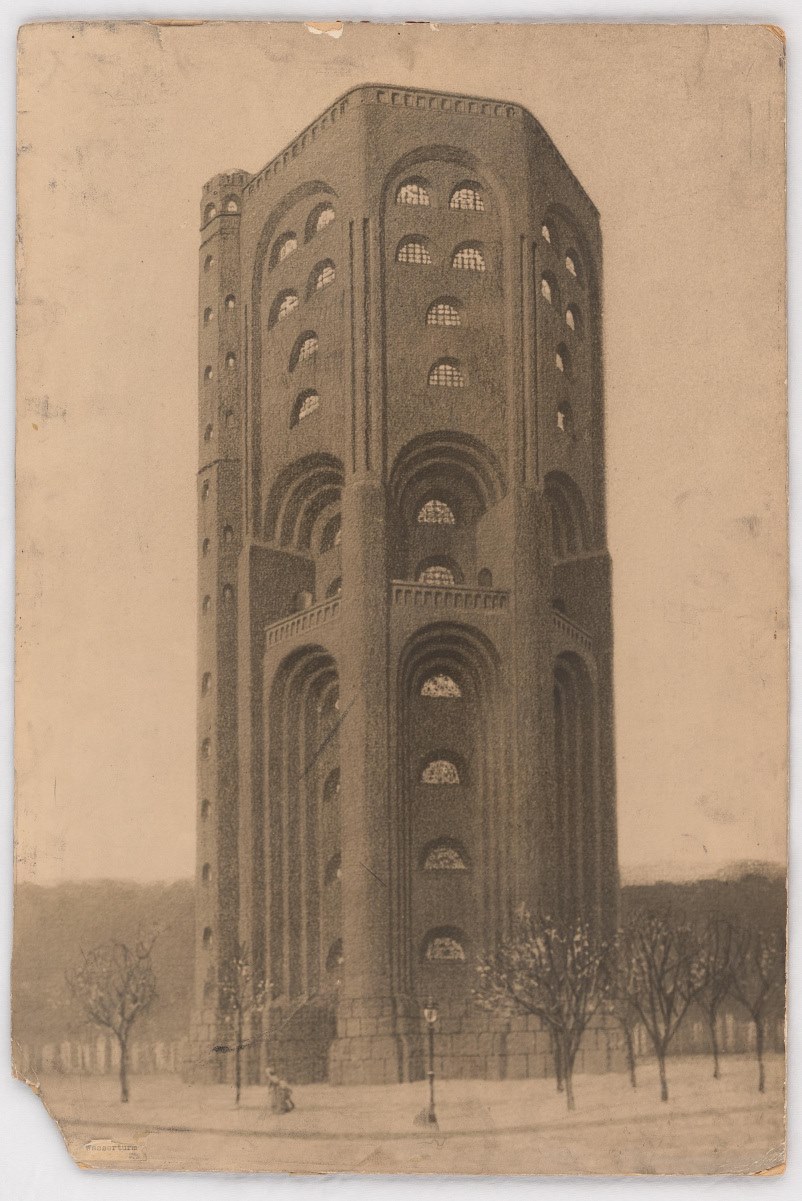
Hans Poelzig , Wasserturm Am Waisenhaus, Hamburg
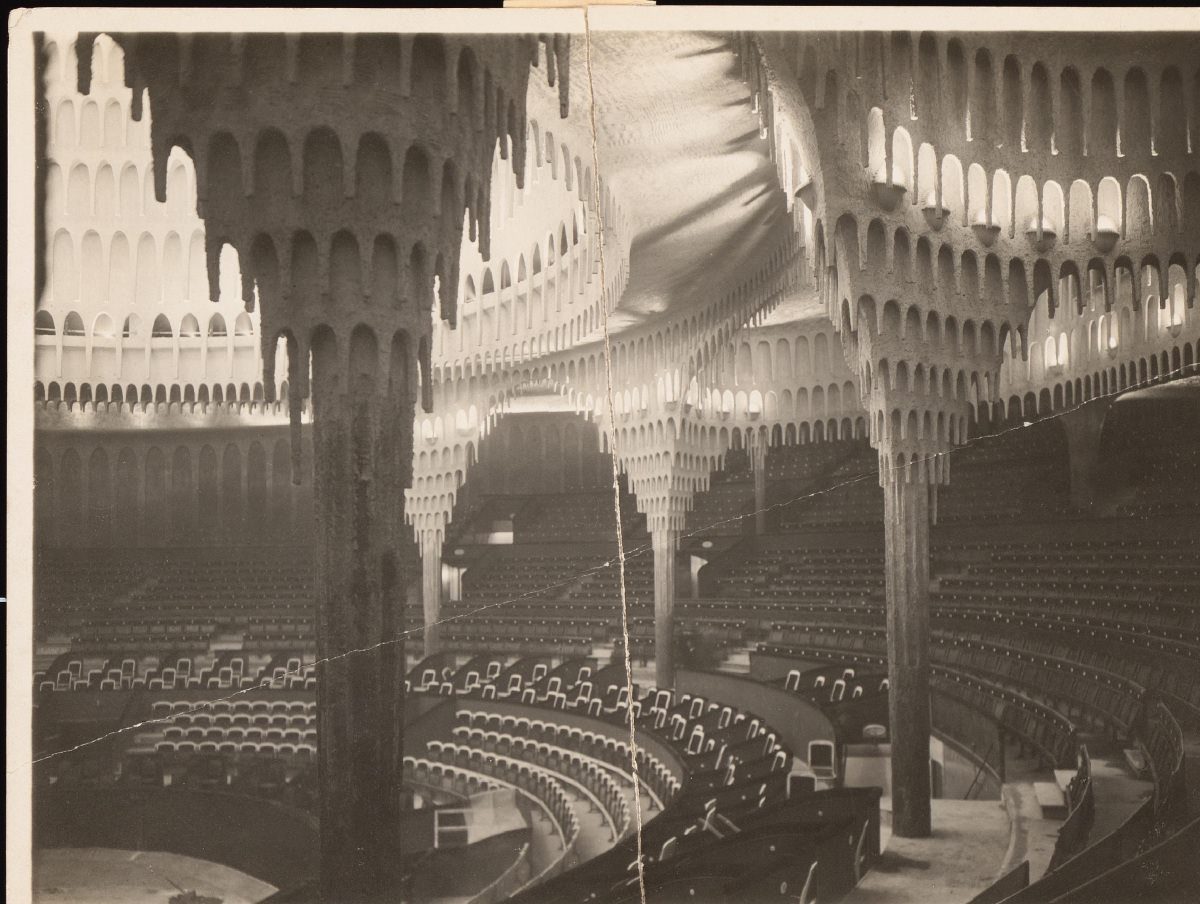
Hans Poelzig , Großes Schauspielhaus, Berlin (1919)
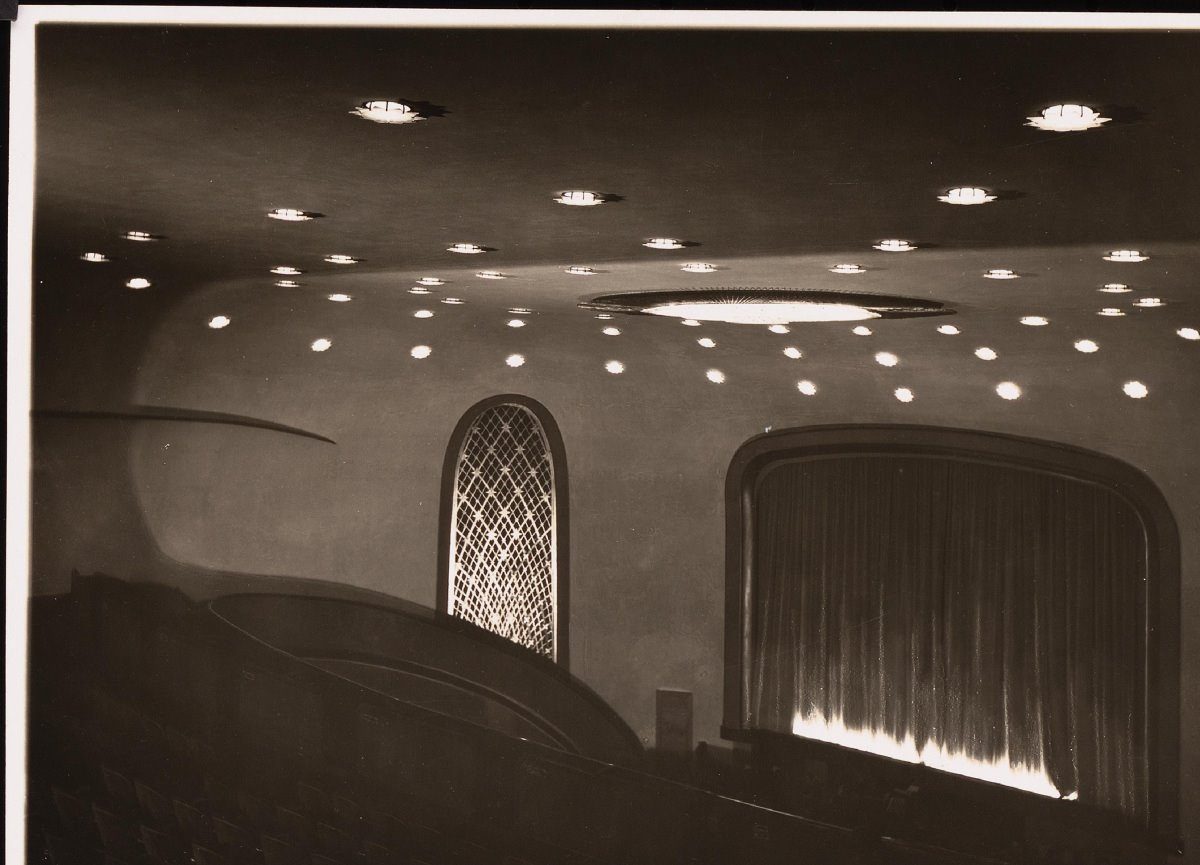
Hans Poelzig. Albert Vennemann Deli-Lichtspiele, Breslau (1926-1927)
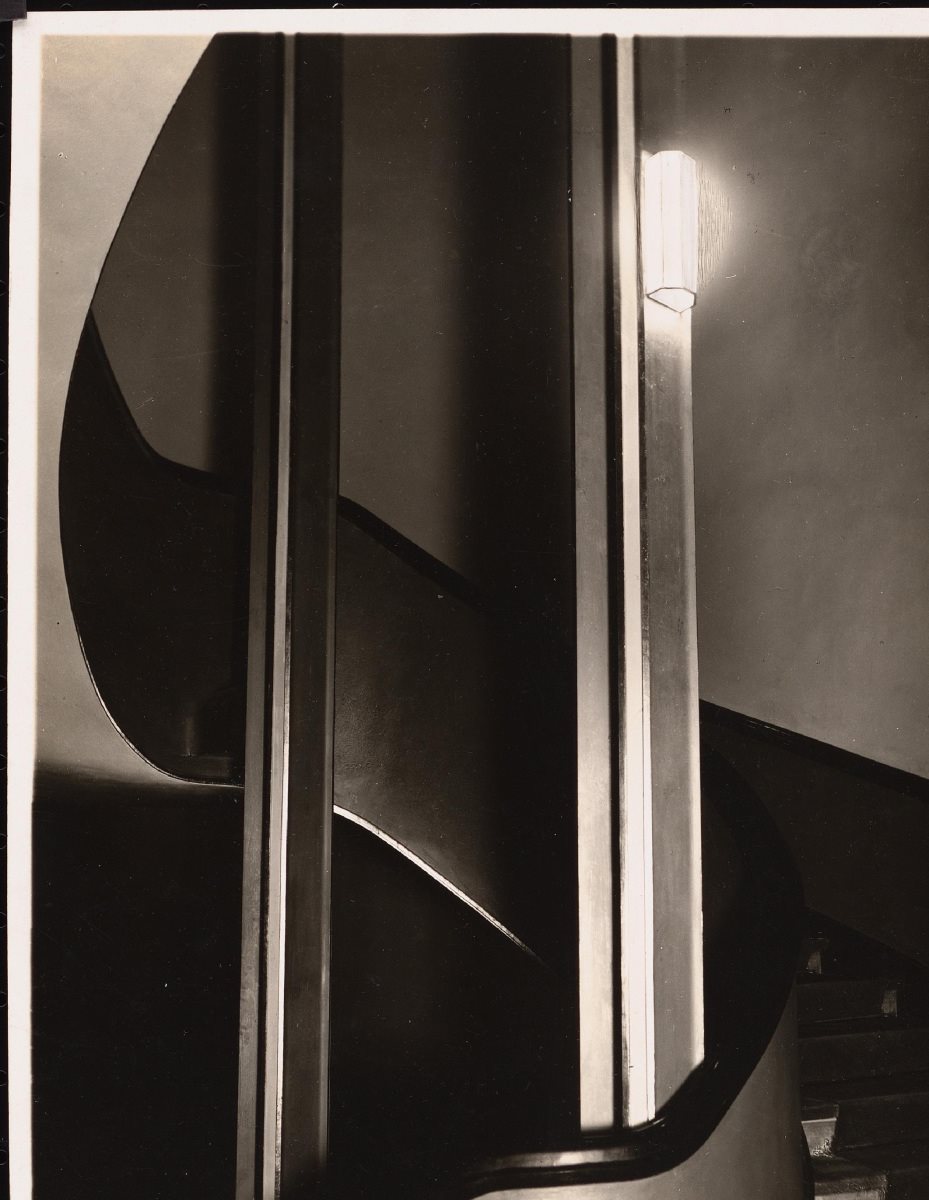
Hans Poelzig , Capitol-Lichtspiele am Zoo, Berlin (1924)
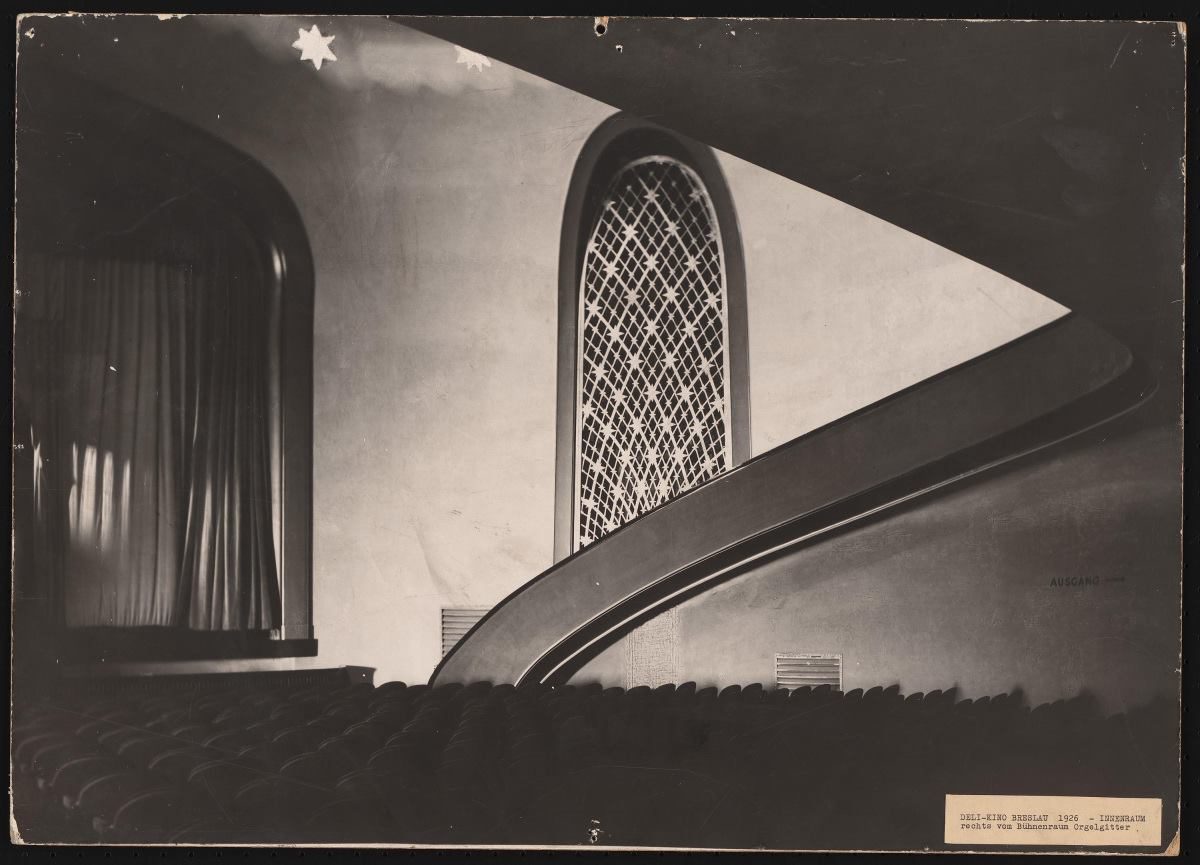
Hans Poelzig. Albert Vennemann Deli-Lichtspiele, Breslau (1926-1927) c
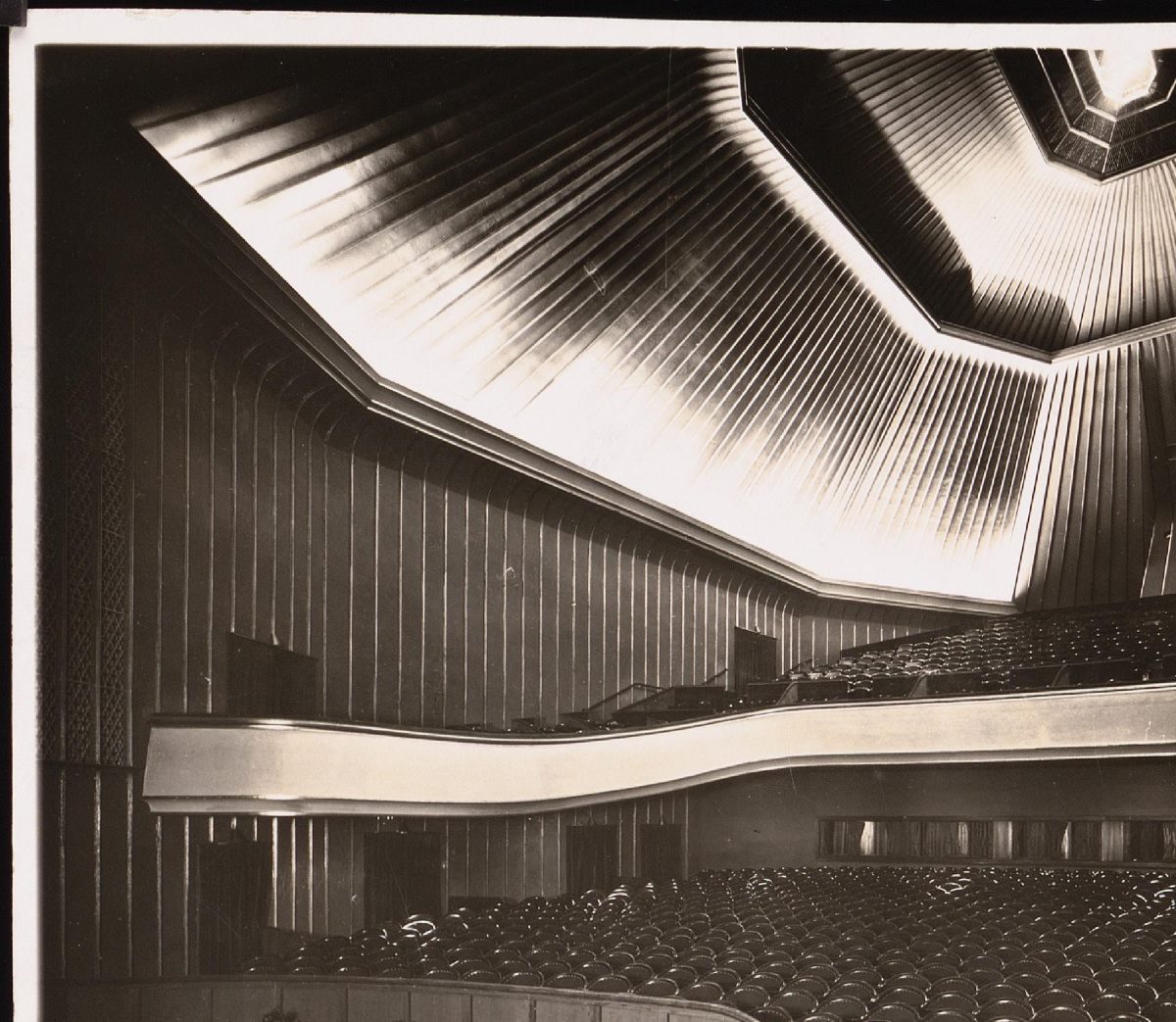
Hans Poelzig , Capitol-Lichtspiele am Zoo, Berlin (1924)

Hans Poelzig , Max Krajewsky Geschäftshaus S. Adam, Leipziger Straße_ Friedrichstraße, Berlin
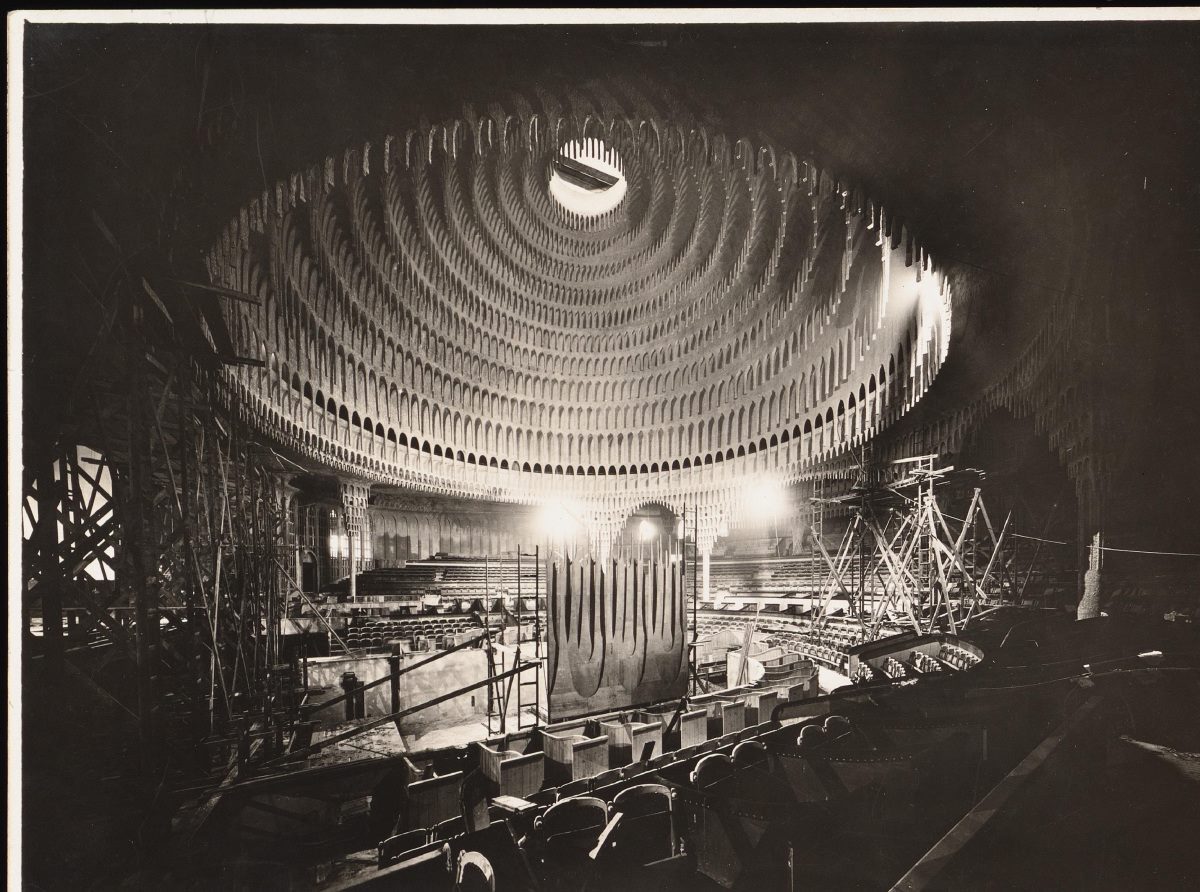
Hans Poelzig , Großes Schauspielhaus, Berlin (1919)

Hans Poelzig , Capitol-Lichtspiele am Zoo, Berlin (1924)
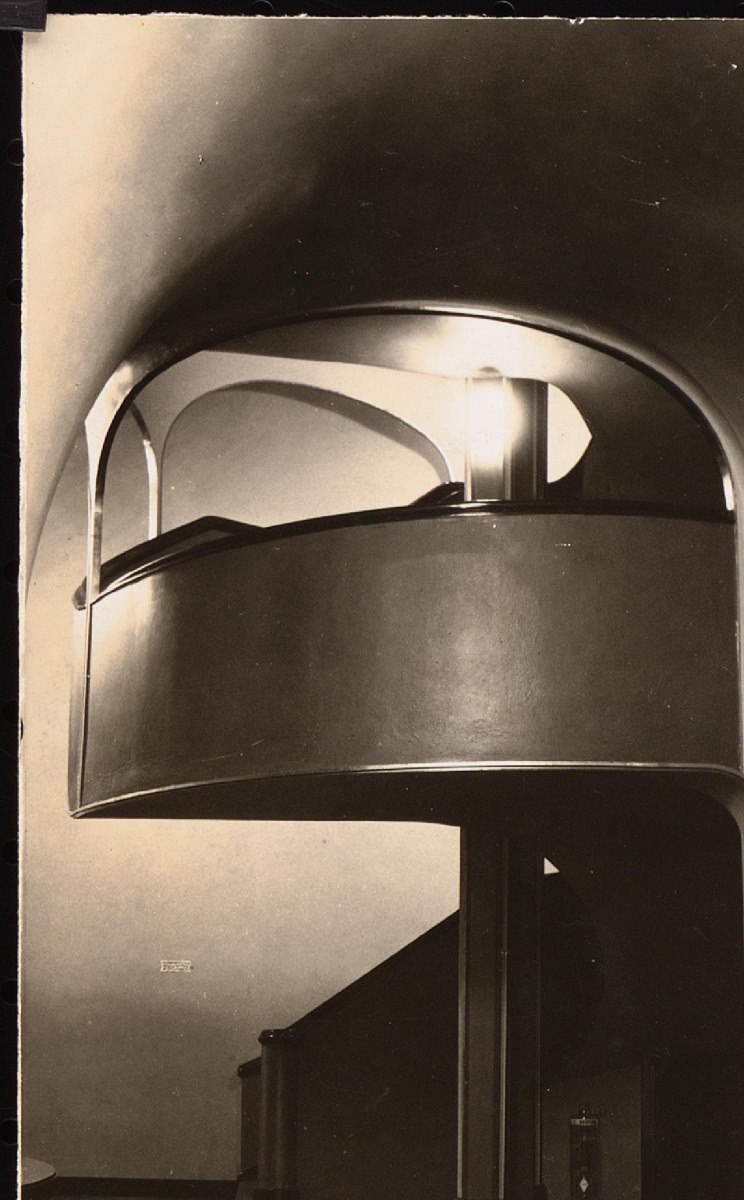
Hans Poelzig , Capitol-Lichtspiele am Zoo, Berlin (1924)
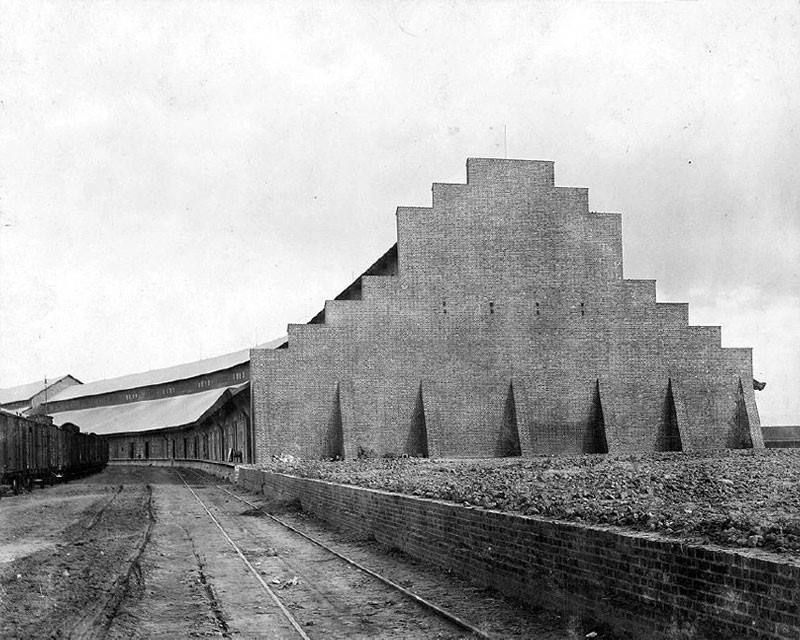

Hans Poelzig , Großes Schauspielhaus, Berlin (1919)
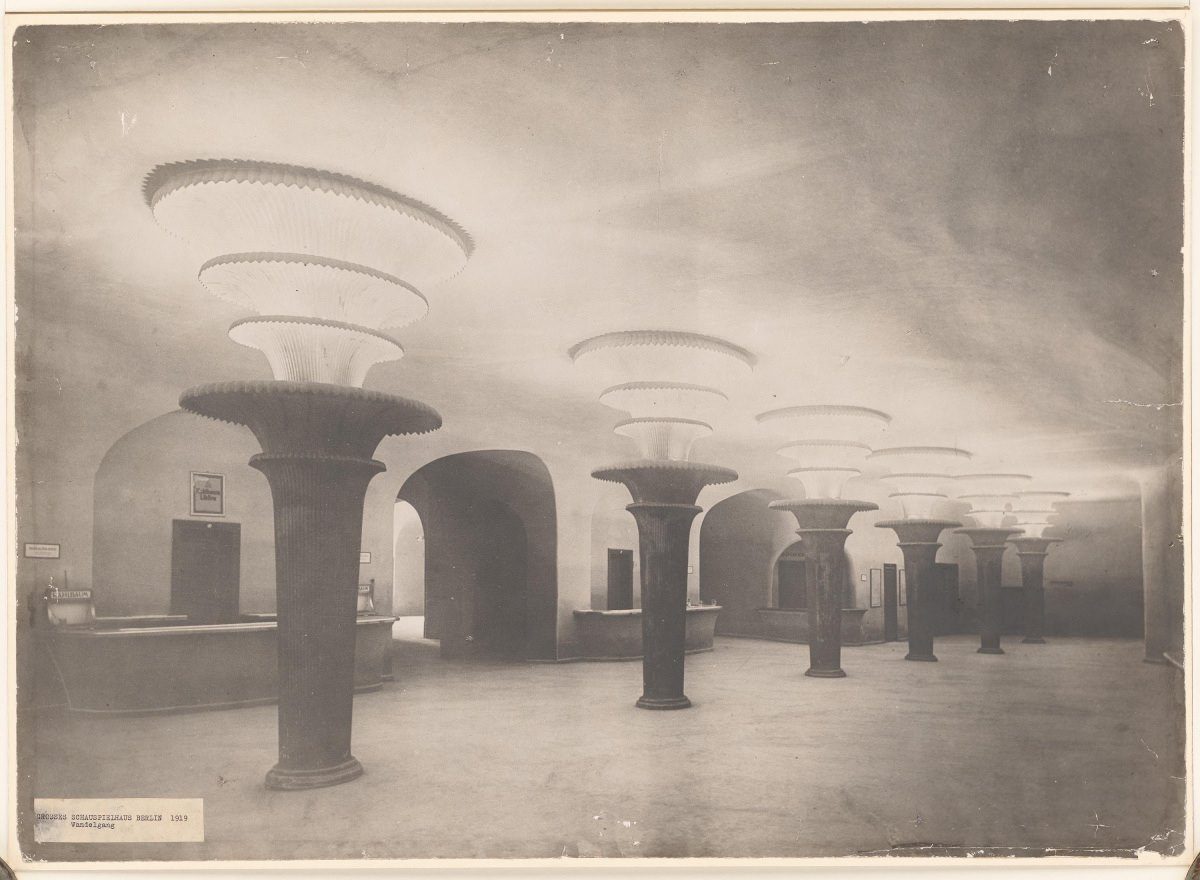
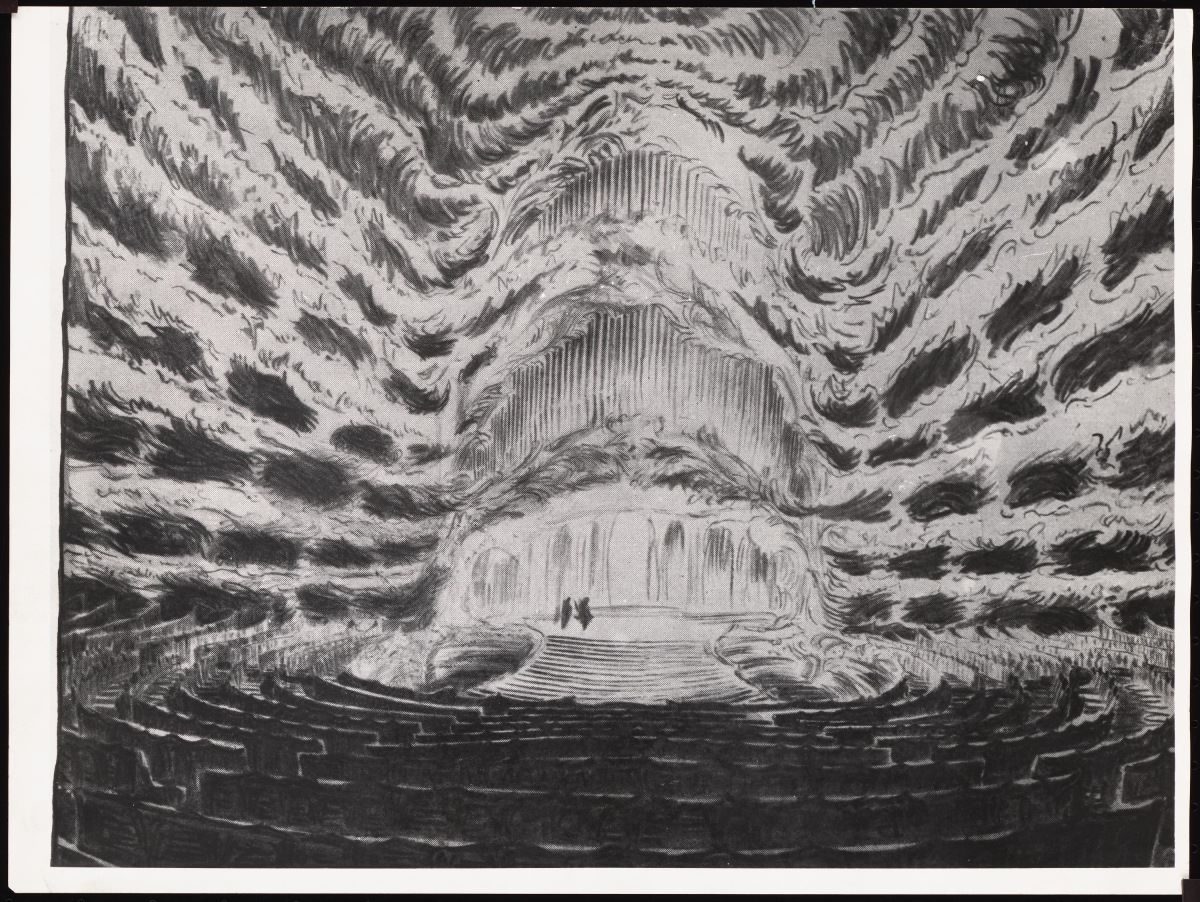
Hans Poelzig, Festspielhaus Salzburg (1920-1922)

Hans Poelzig, Arthur Köster Neugestaltung der Umgebung des Bülowplatzes (Scheunenviertel), Berlin. Lichtspielhaus Babylon und Wohnungsbauten (1929)
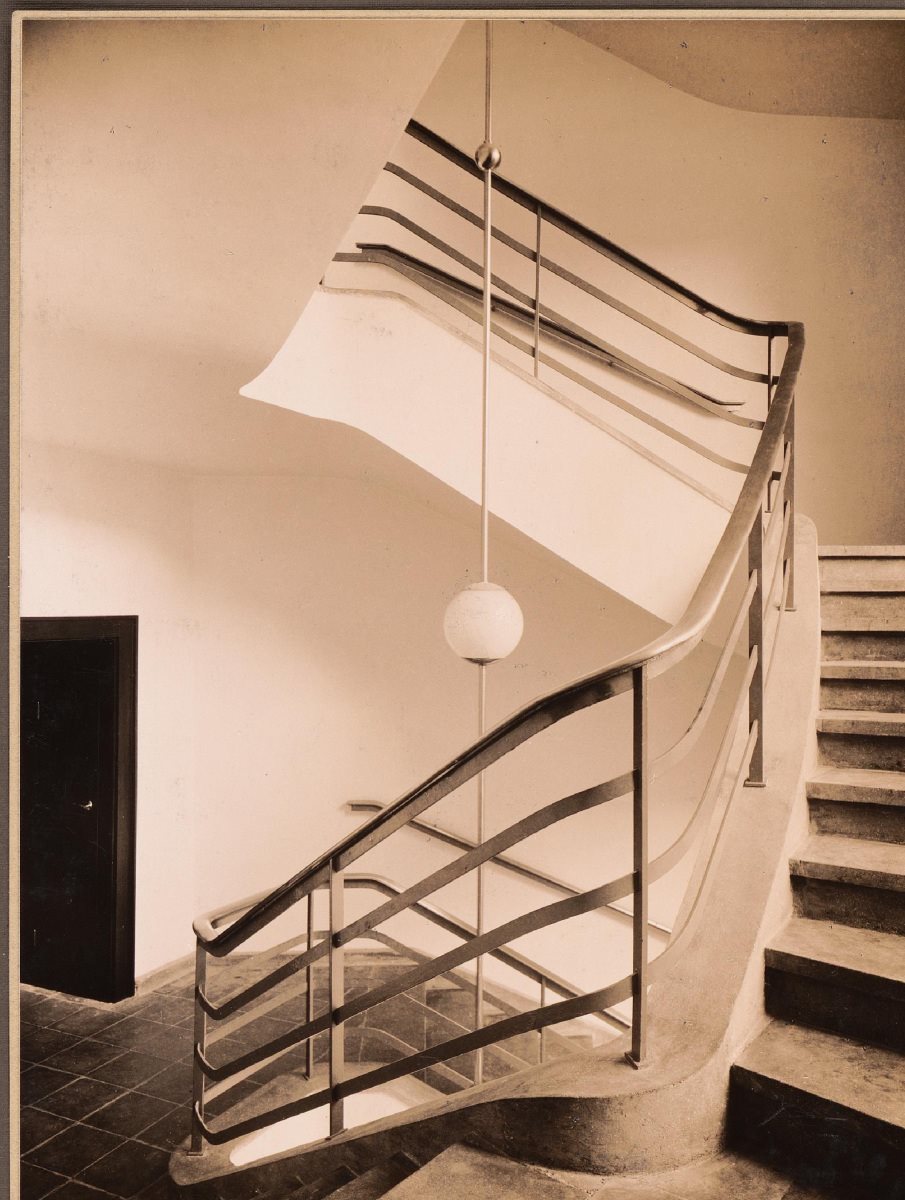
Hans Poelzig, Haus des Rundfunks, Berlin-Charlottenburg Lichthoftreppe
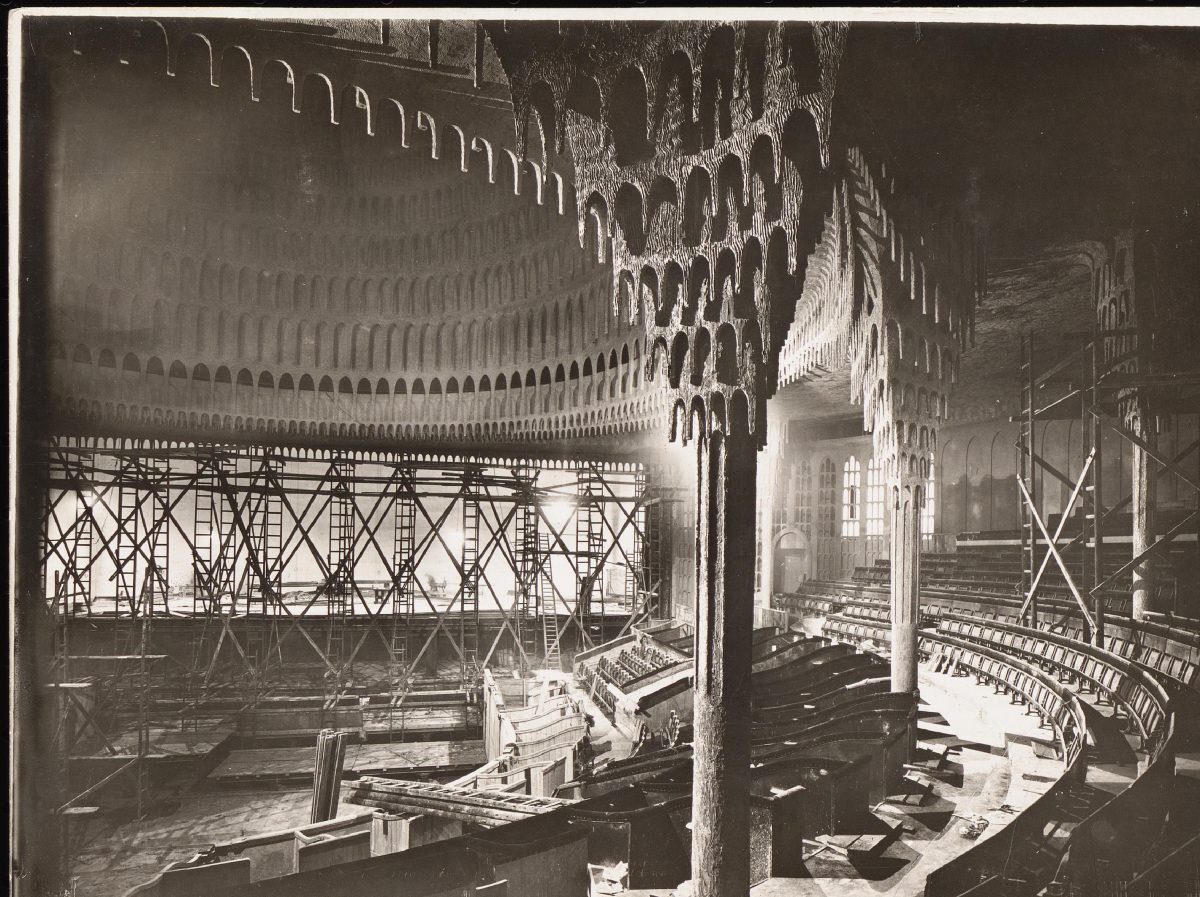
Hans Poelzig , Großes Schauspielhaus, Berlin (1919)
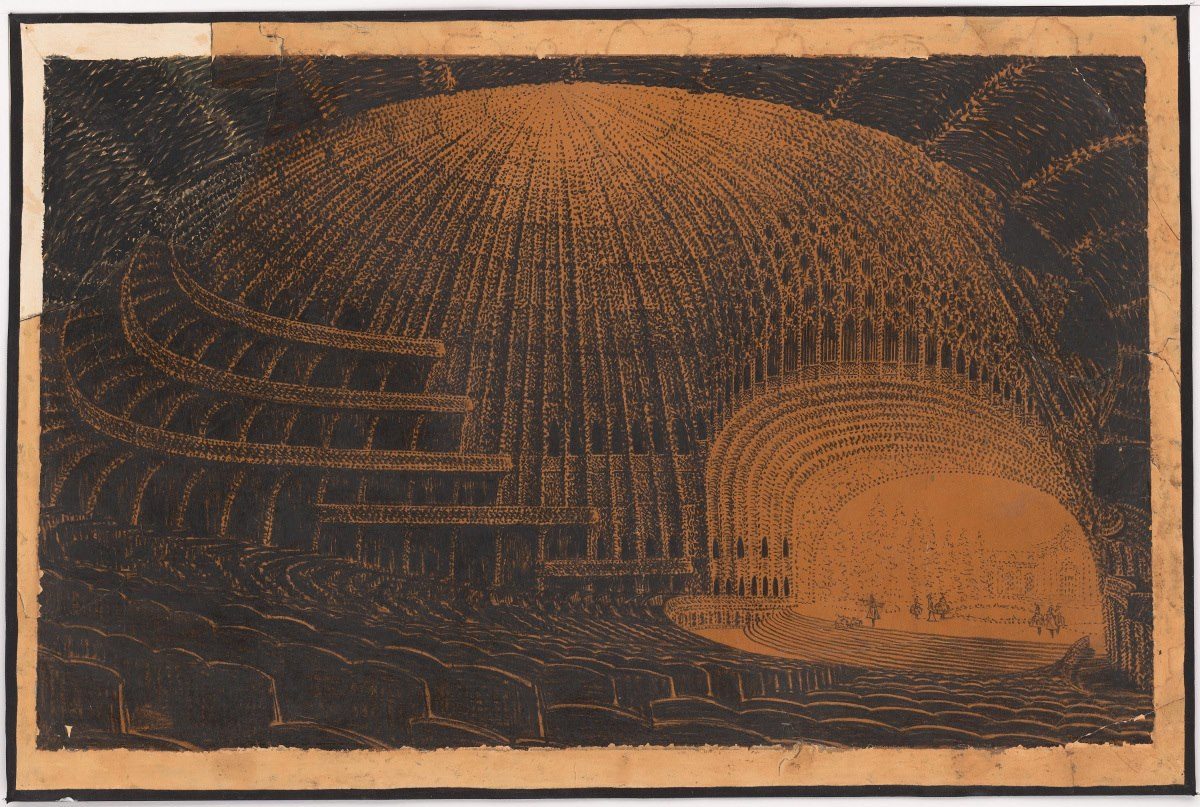
Hans Poelzig, Festspielhaus Salzburg (1920-1922)
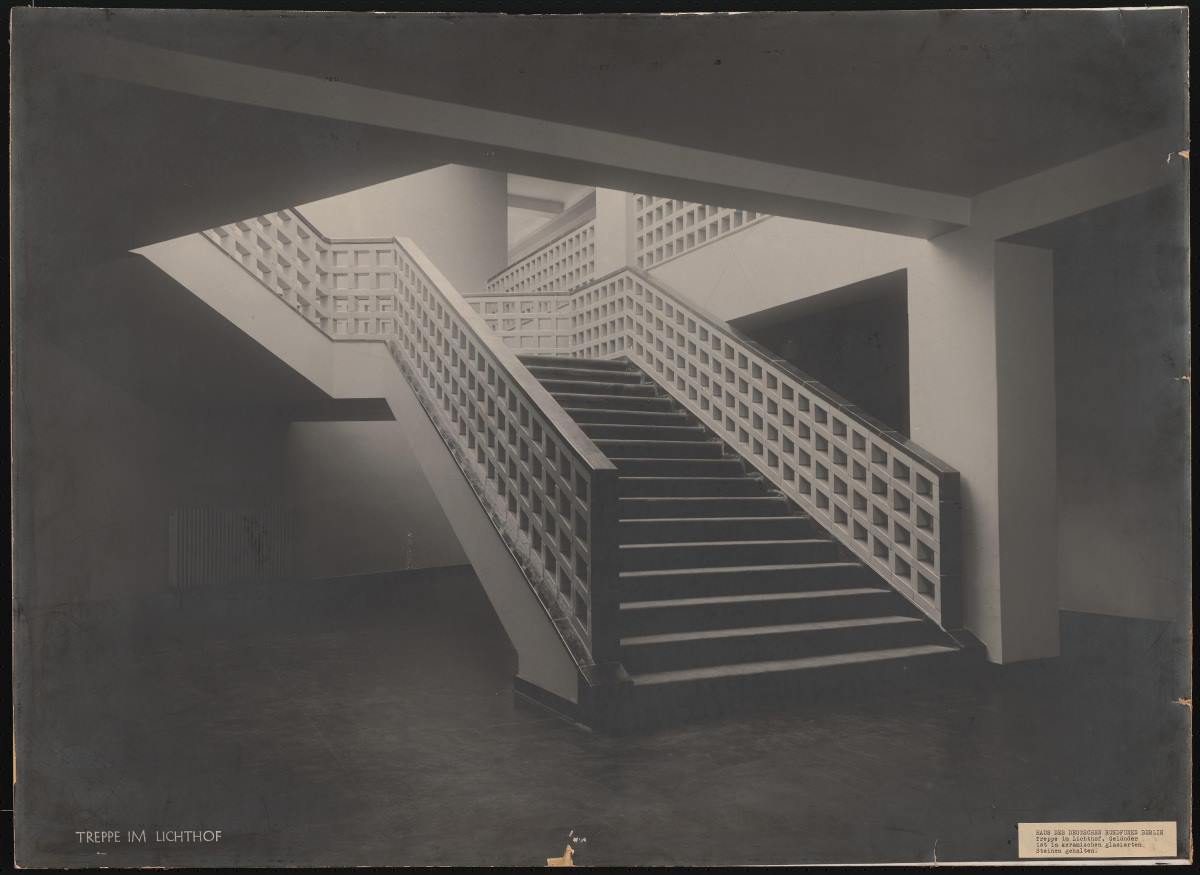
Hans Poelzig, Haus des Rundfunks, Berlin-Charlottenburg Lichthoftreppe
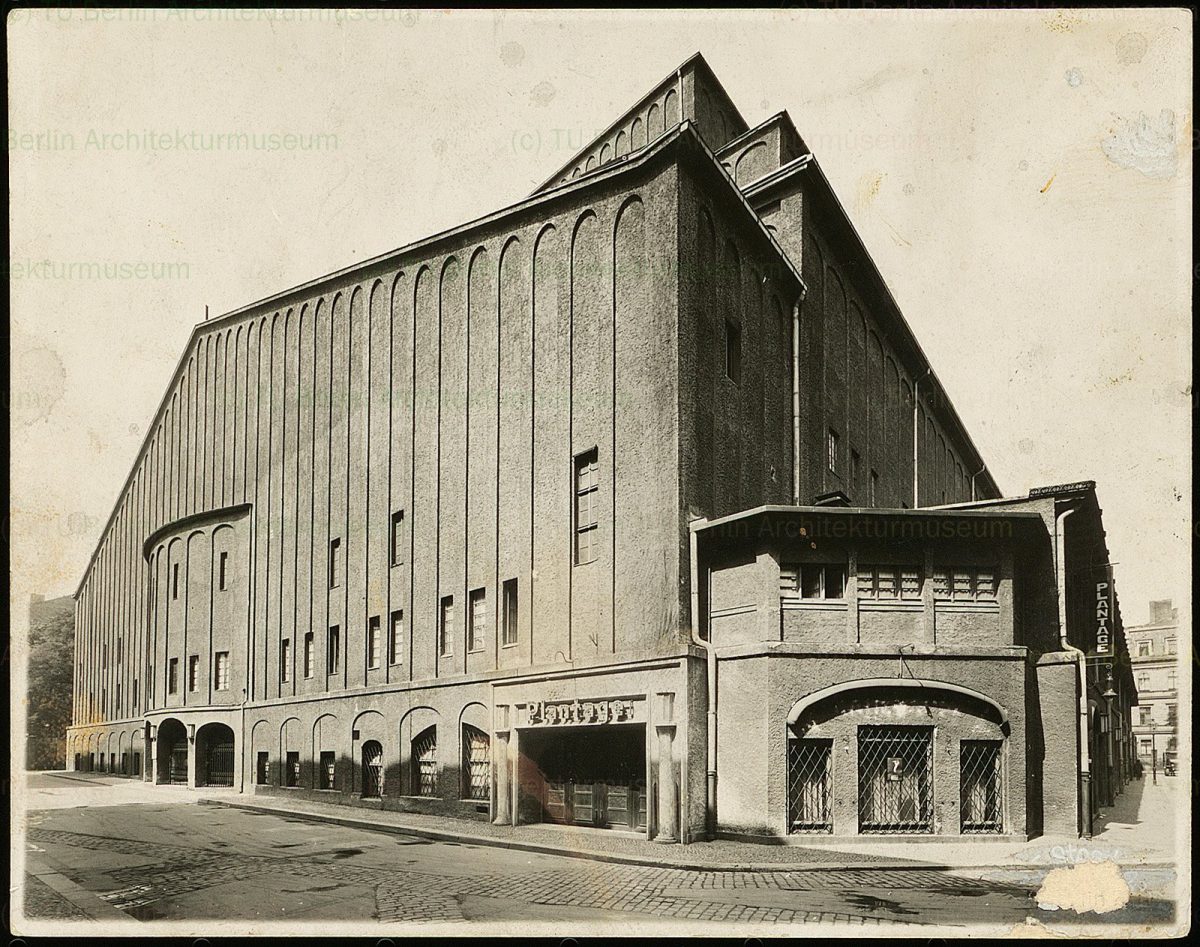
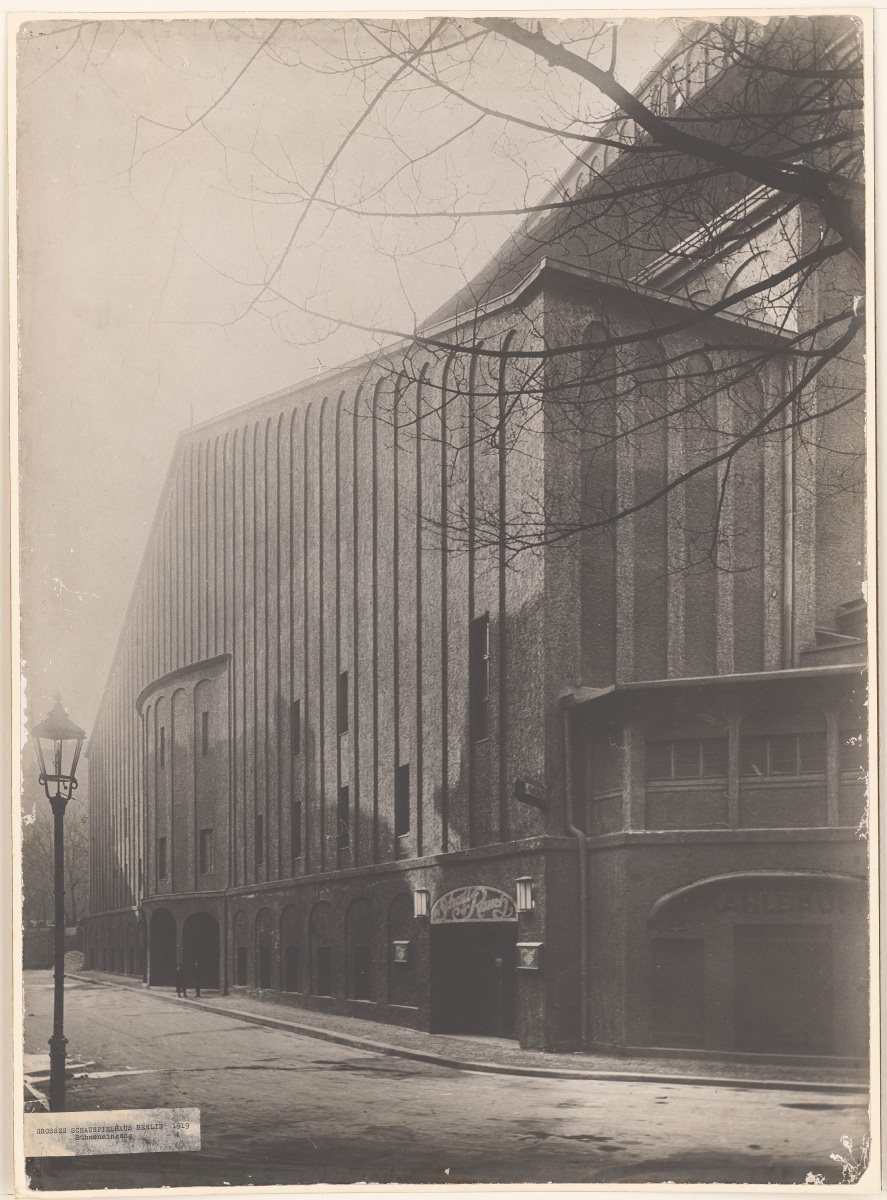
Hans Poelzig , Großes Schauspielhaus, Berlin (1919) e

Hans Poelzig _ Max Krajewsky Geschäftshaus S. Adam, Leipziger Straße_ Friedrichstraße, Berlin Perspektivische Ansicht des Modells (1928)
Would you like to support Flashbak?
Please consider making a donation to our site. We don't want to rely on ads to bring you the best of visual culture. You can also support us by signing up to our Mailing List. And you can also follow us on Facebook, Instagram and Twitter. For great art and culture delivered to your door, visit our shop.

